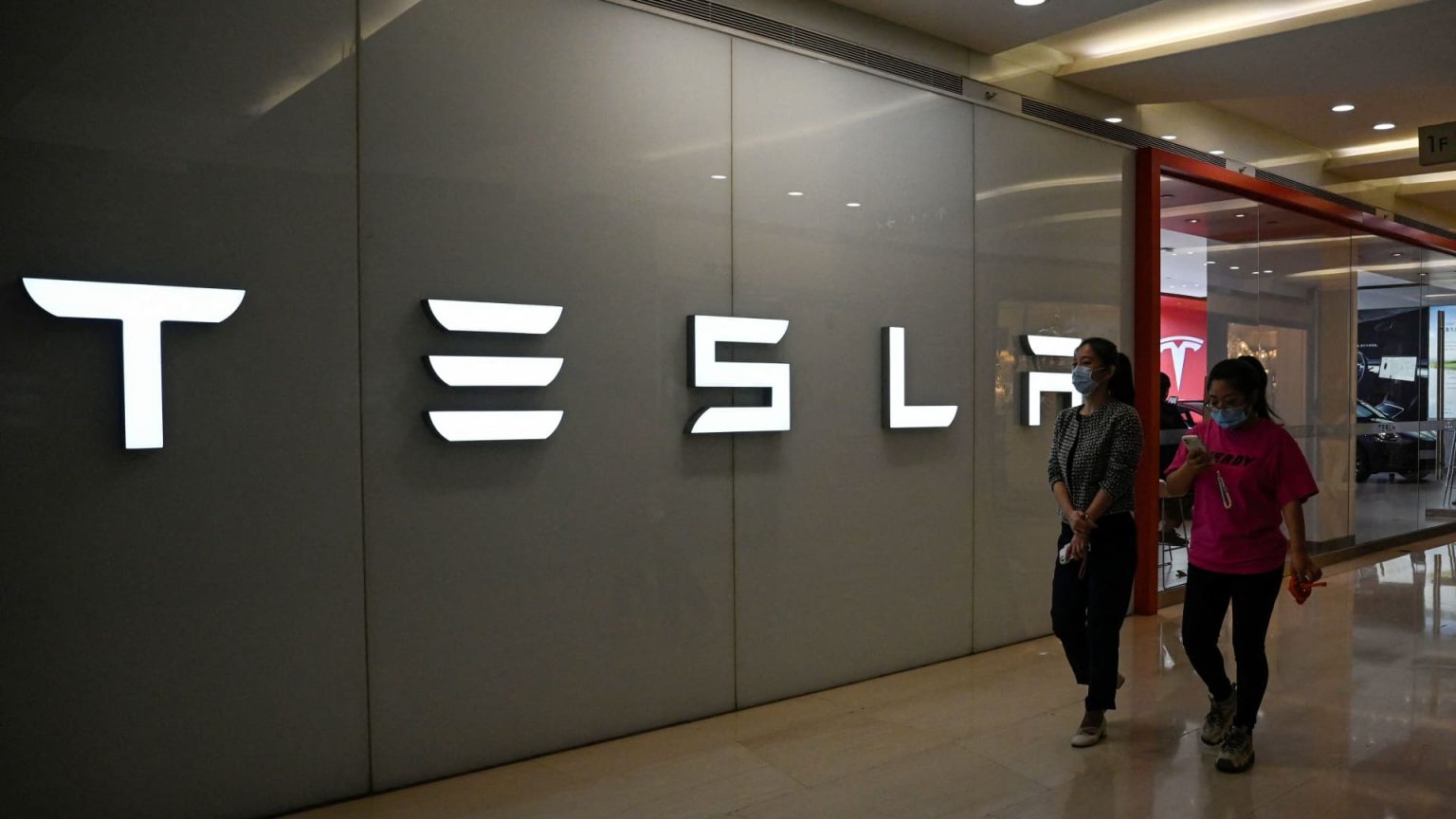People walk past a Tesla showroom at a shopping mall in Beijing on May 31, 2023.
Jade Gao | AFP | Getty Images
Soft headline, hard core
The U.S. personal consumption expenditures price index rose just 0.1% in May and 3.8% from a year ago — the lowest year-over-year increase since April 2021. Excluding food and energy prices, the figures are slightly higher. Prices increased 0.3% month over month and 4.6% from a year ago. But the annual number’s still 10 basis points less than economists expected.
Sublime first half for stocks
Pop the champagne: On Friday, U.S. stocks ended in the green for the day, week, quarter and first half of the year. Asia-Pacific markets rose Monday on the back of Wall Street’s rally: Japan’s Nikkei 225 popped 1.67%, Hong Kong’s Hang Seng Index jumped 1.73% and South Korea’s Kospi climbed 1.5%. That’s despite mixed data for the region’s factory activity in June.
Tesla zooms ahead
Tesla produced 479,700 vehicles and delivered 466,140 vehicles during the second quarter. The delivery figures are an 83% year-over-year increase that beat Wall Street’s expectations. As Elon Musk’s vehicle company doesn’t report sales figures, delivery numbers offer investors an idea of how many cars the company has been selling.
Movements around China
U.S. Treasury Secretary Janet Yellen will travel to Beijing this week to meet with senior Chinese officials. But the Biden administration doesn’t expect significant breakthroughs during the trip, a senior official said. Separately, the People’s Bank of China appointed Pan Gongsheng, head of the country’s foreign exchange regulator, as its new party secretary — a role that typically has the most sway in China’s institutions.
[PRO] Broadening rally?
The stock market’s astounding rebound in the first half of the year was mostly driven by seven Big Tech stocks — collectively, they accounted for 80% of the gains in the S&P 500, according to UBS. But analysts are optimistic the rally could broaden in the third quarter, especially since a recession may be further off than everyone had expected.
The bottom line
Friday marked the end of the first half of the year and, boy, what a six months it’s been.
The Nasdaq Composite‘s surged 31.7% since the start of 2023, its best first half since 1983. To be sure, part of this is because of the base effect: The Nasdaq was 33.1% down last year. Compared with that dismal showing, any gain would appear monumental.
Yet let’s not discount the Nasdaq’s incredible rally. This year has, in some ways, been a steeper hill to climb for stocks than the last.
Sure, inflation’s been edging down. May’s PCE price index showed all the right numbers moving in the right direction (albeit at a slower pace than everyone had hoped for).
But interest rates are the highest they’ve been in 16 years — and have shot up to those levels in a mere 10 months. Those rates have already broken three regional banks back in March, and one in May. Nonetheless, technology stocks — typically the most sensitive to the cost of borrowing — are still going strong. Indeed, Apple’s market capitalization closed above $3 trillion, making it the first publicly traded company ever to do so. That resilience of stocks, surely, is something to celebrate.
The S&P 500 and Dow Jones Industrial Average didn’t do too shabbily either. The S&P popped 15.9% for its best first half since 2019, while the Dow climbed 3.8%.
And the good news doesn’t stop there. Inflation expectations for a year from now dropped to 3.3%, the lowest level since March 2021. Meanwhile, consumer confidence increased more than expected, according to the University of Michigan sentiment survey.
Much depends on June’s jobs report, out Friday. If it shows the labor market loosening just enough to not add to inflationary pressures, but still tight enough that unemployment won’t drastically increase, then we’ll have a start to the second half of the year as good as the way we ended the first.
Read the full article here




